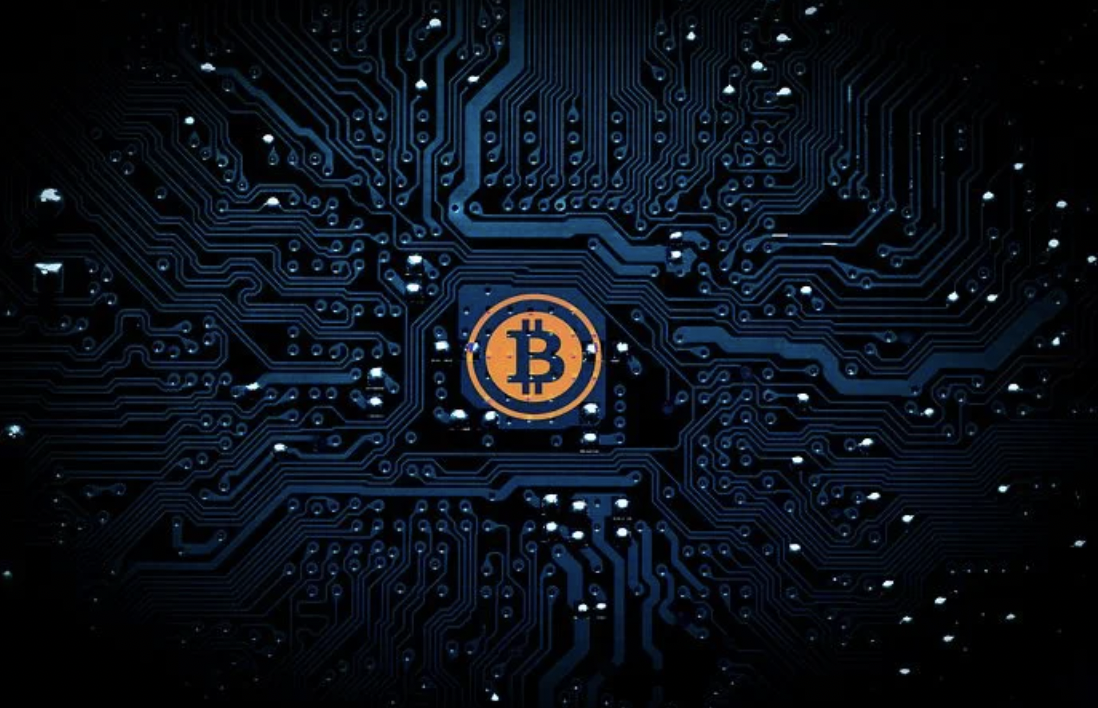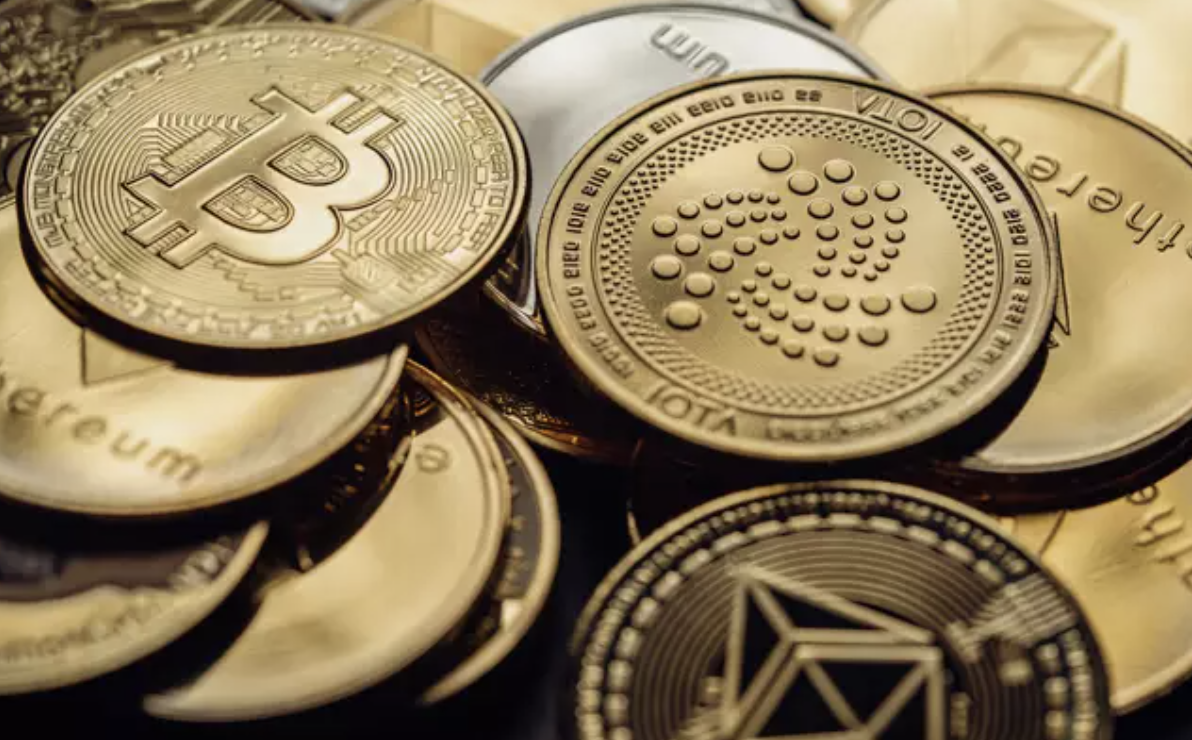
Daniel Rogers
Nov 23, 2022 15:37

On Tuesday, both Dogecoin (DOGE) and shiba inu coin (SHIB) snapped two-day losing streaks. FTX contagion risk diminished as word of FTX cash holdings and investor interest in FTX assets spread. However, technical indications remain gloomy, with exponential moving averages (EMAs) predicting additional declines.
On Tuesday, dogecoin (DOGE) gained 5.23 percent. Reversing Monday's loss of 2.99%, DOGE ended the day at $0.0785. Notably, DOGE closed the day below $0.0800 for the third session in a row.
The mid-morning low for DOGE was $0.0729. Avoiding the First Major Support Level (S1) at $0.0715, DOGE climbed to a high of $0.0796 in the early afternoon. At $0.0774, DOGE surpassed the First Major Resistance Level (R1) before retreating. However, a late surge caused DOGE to surpass R1 and close the day at $0.0785.
You should only trade with capital that you can afford to lose while trading derivatives. The trading of derivatives may not be suitable for all investors; thus, you should ensure that you fully comprehend the risks involved and, if necessary, seek independent counsel. Before entering into a transaction with us, a Product Disclosure Statement (PDS) can be received through this website or upon request from our offices and should be reviewed. Raw Spread accounts offer spreads as low as 0 pips and a commission rate of $3.50 per 100,000 USD traded. Spreads on standard accounts begin at 1 pip with no additional commission fees. CFD index spreads begin at 0.4 points. This information is not intended for inhabitants of any country or jurisdiction where distribution or use would violate local law or regulation.
On Tuesday, the price of Shiba inu coin (SHIB) increased by 4.76 percent. SHIB closed the day at $0.000000881, reversing Monday's decline of 4.21%.
In line with the larger market, SHIB reached a low of $0.00000817 during midmorning. Finding support at the First Major Support Level (S1) at $0.00000816, SHIB surged to a high of $0.00000883 by early afternoon. At $0.00000873, SHIB surpassed the First Major Resistance Level (R1) and closed the day at $0.00000881.
FTX contagion risk diminished on Tuesday, providing assistance to DOGE, SHIB, and the broader market. Updates on FTX's assets revealed a substantial cash position, which would mitigate the impact of the company's bankruptcy on its creditors.
Reports that Justin Sun of Tron and Brad Garlinghouse of Ripple are interested in FTX assets generated additional support.
Nonetheless, Twitter news remained unfavorable for DOGE. There was no new information on Twitter's resumption of the crypto integration project that would promote DOGE adoption.
However, investor sentiment increased significantly this morning. Risk of FTX contagion remains the primary motivator. Until the court reveals who FTX's creditors are, downside risks will persist. On Tuesday, the bankruptcy judge ruling over FTX decided to redact the identities of FTX's creditors.


Nov 24, 2022 14:47